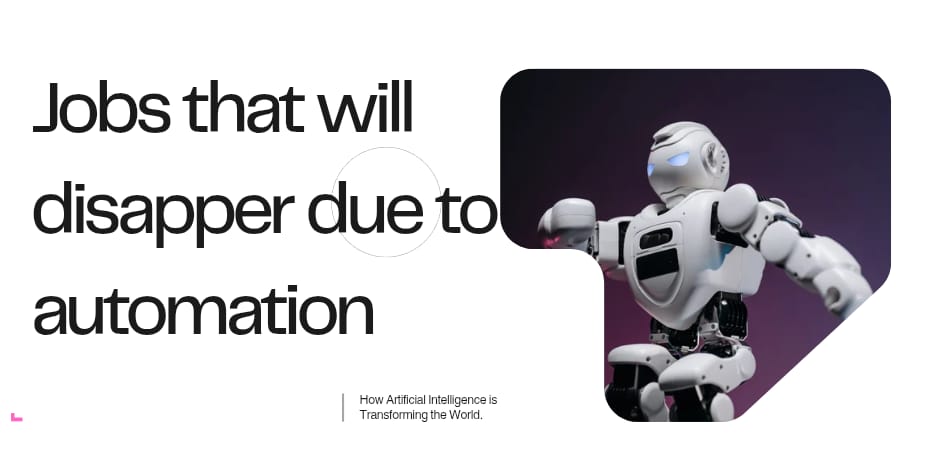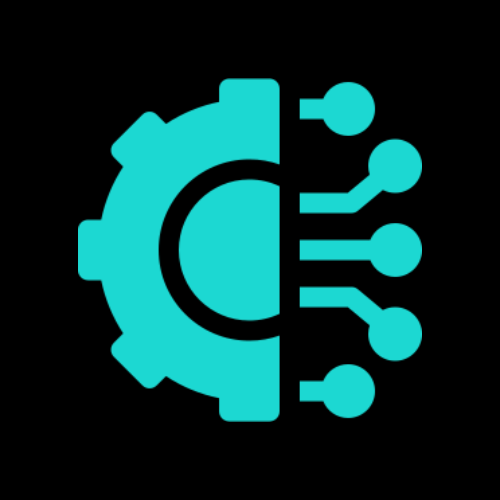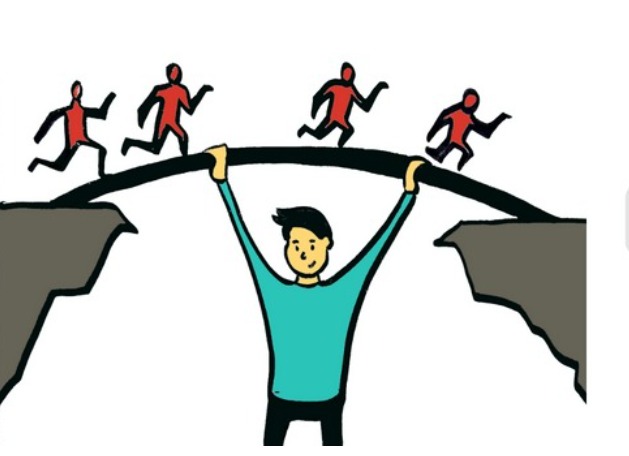Introduction
As we move deeper into the digital age, the impact of automation and artificial intelligence (AI) on the global job market is becoming increasingly clear. From self-driving cars to AI-powered chatbots, technology is rapidly transforming the way we live and work. While these advancements bring greater efficiency and convenience, they also pose a significant threat to certain types of jobs that are repetitive, predictable, and easily automated.
Experts predict that by 2030, millions of workers across the world will need to adapt, reskill, or transition into new careers as automation reshapes industries. This shift is not limited to one region or sector—it’s a global transformation that will redefine the workforce of the future.
In this article, we’ll explore how automation is changing industries, the jobs most at risk, and what skills professionals should develop to stay relevant in an increasingly automated world.
Understanding Automation and Its Growing Influence
Automation refers to the use of technology—such as robots, artificial intelligence, and software—to perform tasks that were traditionally done by humans. This concept is not new; automation has existed since the Industrial Revolution when machines began replacing manual labor. However, today’s automation is far more advanced, driven by AI, robotics, data analytics, and machine learning.
The global automation market has been expanding rapidly, with companies adopting technology to cut costs, boost productivity, and minimize human error. From manufacturing and logistics to banking and healthcare, every industry is incorporating some form of automation to improve efficiency.
According to a report by McKinsey Global Institute, up to 30% of tasks in 60% of all occupations could be automated using existing technologies. This doesn’t mean all jobs will disappear—but many will change drastically, requiring workers to adapt or risk obsolescence.
Why Jobs Are Disappearing?
Automation thrives in environments where tasks are repetitive, predictable, and rules-based. The goal is to reduce human involvement in mundane or routine processes. Here are the key reasons behind this shift:
- Cost Efficiency:
Companies can significantly reduce labor costs by automating repetitive functions. Robots and AI systems don’t require salaries, benefits, or rest, making them more cost-effective in the long run. - Speed and Productivity:
Machines can perform tasks faster and more consistently than humans, which enhances productivity and competitiveness. - Accuracy and Reliability:
Automation minimizes human error, particularly in industries such as finance, logistics, and healthcare. - Post-Pandemic Acceleration:
The COVID-19 pandemic sped up digital transformation. Many businesses adopted contactless systems and remote operations, increasing reliance on automation. - Data-Driven Decision Making:
AI-powered systems analyze massive data sets faster than humans, improving business decisions and reducing dependency on manual processes.
Jobs Most at Risk of Automation by 2030
Let’s explore some of the key job categories most likely to be automated in the coming years.
1. Manufacturing and Factory Jobs
Manufacturing is one of the earliest sectors to embrace automation. Robotic arms, assembly-line robots, and smart sensors have replaced manual labor in factories around the world.
Tasks such as assembling parts, welding, and packaging can now be completed by machines faster and with fewer mistakes. This shift has already caused a decline in low-skilled factory jobs in countries like China, the U.S., and India.
By 2030, most large-scale manufacturing plants will likely be fully automated, with human workers taking on supervisory, maintenance, and design roles rather than manual production tasks.
2. Transportation and Delivery Jobs
The transportation sector is undergoing a massive technological revolution. Self-driving vehicles, drones, and automated logistics systems are becoming more reliable and cost-efficient.
Truck drivers, delivery drivers, and taxi drivers are among the most at-risk workers. Major companies such as Tesla, Waymo, and Uber are investing heavily in autonomous driving technologies. Once these systems become mainstream, the demand for human drivers will decrease significantly.
Similarly, warehouse and logistics roles—such as inventory sorting and parcel delivery—are increasingly handled by robots. Amazon, for example, uses robotic systems to move and organize packages more efficiently than humans.
3. Retail and Cashier Positions
The retail industry has been transformed by automation and e-commerce. Self-checkout kiosks, online payment systems, and cashier-less stores are becoming common.
Retail giants like Amazon Go and Walmart have introduced fully automated stores where customers can shop, scan, and pay without interacting with a cashier.
Traditional retail jobs such as cashiers, store clerks, and inventory checkers are gradually disappearing, replaced by digital systems that require minimal human intervention.
4. Administrative and Clerical Jobs
Office-based roles that involve repetitive tasks are particularly vulnerable. Positions like data entry clerks, payroll administrators, schedulers, and file clerks can easily be automated using AI software and cloud-based management systems.
With the rise of tools like chatbots, AI-powered scheduling assistants, and document automation platforms, administrative professionals are seeing many of their responsibilities replaced by machines.
To stay relevant, employees in these roles must learn digital tools, analytics, and project management skills that go beyond routine administrative work.
5. Banking and Financial Services
Automation in the finance sector has been driven by AI algorithms capable of analyzing transactions, detecting fraud, and providing financial recommendations faster than humans.
Bank tellers, loan officers, and insurance underwriters are among the most threatened roles. Many banking processes, from deposits to customer inquiries, can now be handled digitally through apps, chatbots, or ATMs.
By 2030, human roles in traditional banking will shrink, focusing more on client relationships, financial advising, and complex investment management.
6. Customer Service and Support Roles
Customer service jobs are being rapidly automated with the help of AI chatbots and voice assistants. These systems can handle thousands of queries simultaneously, offer 24/7 service, and continuously improve through machine learning.
While complex issues may still require human empathy and problem-solving, most routine inquiries—such as order tracking, refund requests, or password resets—can now be resolved without human involvement.
Companies benefit from faster response times and lower costs, making automation an attractive choice in this area.
7. Agriculture and Farming
Automation in agriculture is advancing with technologies like drones, autonomous tractors, and AI-based crop monitoring systems. These tools can plant, water, and harvest crops with high precision.
As a result, traditional farm labor jobs, especially seasonal and low-skilled positions, are gradually declining. However, this also creates demand for agri-tech professionals who can operate and maintain automated systems.
8. Telemarketing and Sales Roles
AI-powered systems are increasingly capable of handling sales calls, analyzing customer data, and recommending products more effectively than human telemarketers.
Chatbots and CRM systems now personalize marketing efforts at scale, reducing the need for manual outreach. By 2030, telemarketing may become fully automated, with humans focusing more on strategic planning, creative campaigns, and relationship management.
Conclusion
By 2030, automation will have permanently transformed the global job market. Many roles we see today—such as factory workers, drivers, cashiers, and clerical staff—will either disappear or change beyond recognition. However, this transformation also opens doors to new possibilities in technology, innovation, and human-centered industries.
Rather than fearing automation, professionals should view it as a call to evolve. The key to surviving and thriving in this new era lies in adaptability, continuous learning, and leveraging the unique strengths that make us human—creativity, empathy, and critical thinking.
The future of work is not about the end of jobs; it’s about the beginning of new opportunities for those ready to embrace change.
Read more insightful blogs here and explore multiple jobs with the help of Best Job Tool.







Leave a Reply